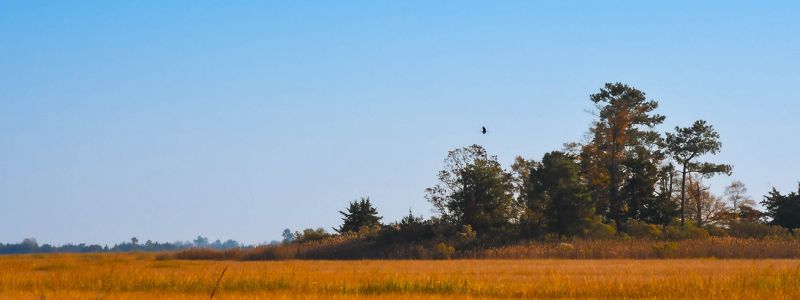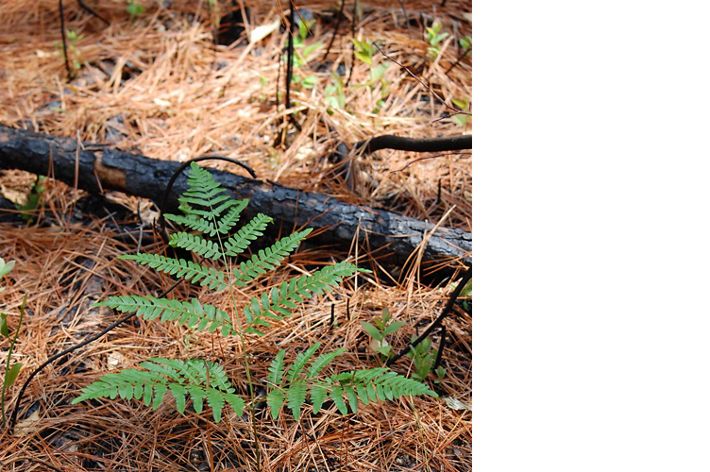Media Contacts
-
Emily Knearl
Delaware Director of Government Relations & External Affairs
The Nature Conservancy
Phone: 302-354-2852
Email: emily.knearl@tnc.org
Spring prescribed fire season is underway in southern Delaware. The Nature Conservancy (TNC) will conduct controlled burns at the Ponders Tract/Pemberton Forest Preserve and Edward H McCabe Preserve near the towns of Ellendale and Milton and Middleford North Preserve near Seaford in Sussex County intermittently during favorable weather conditions in the period beginning March 5 and ending April 30.
Sussex County residents are advised that smoke may be visible during certain prescribed fire days. TNC and its local partners will communicate the timing of controlled burns as soon as possible via social media. Residents and media outlets should check TNC DE’s Facebook and Twitter/X channels for the latest information.
Prescribed fire plays a critical role in the health of Delaware’s ecosystems and the well-being of nearby communities by reducing vegetation build-up and thus mitigating the risk of large, out-of-control wildfires. In coordination with its partner agencies, TNC uses prescribed fire to maintain the health and resilience of the First State’s forests and grasslands. Controlled burning encourages the growth of native vegetation, increases biodiversity, minimizes the spread of invasive species, and recycles nutrients back into the soil. The right fire at the right place at the right time will also help improve the habitat for threatened and endangered species.
Highly trained fire managers and Burn Bosses take numerous steps to ensure the safety of fire staff and the public by evaluating the type of vegetation within the burn area; establishing fire breaks and control lines; moderating the intensity of flame and smoke; and providing personnel and equipment to supervise and control the fire from spark to extinguishing.
Prior to a burn, Burn Bosses notify the County Fire Board and coordinate with state forestry agencies around public awareness, staffing, and resources. Weather conditions are carefully assessed on the day of a prescribed burn. If the weather conditions are not conducive to burning, burning does not take place that day.

Learn More About How & Why We Work With Fire
For more information on TNC’s prescribed fire program and its environmental benefits, please visit our prescribed fire landing page.
Stay in Touch
Sign up to receive monthly e-mail conservation news & updates from Delaware.

The Nature Conservancy is a global conservation organization dedicated to conserving the lands and waters on which all life depends. Guided by science, we create innovative, on-the-ground solutions to our world’s toughest challenges so that nature and people can thrive together. We are tackling climate change, conserving lands, waters and oceans at an unprecedented scale, providing food and water sustainably and helping make cities more resilient. The Nature Conservancy is working to make a lasting difference around the world in 81 countries and territories (40 by direct conservation impact and 41 through partners) through a collaborative approach that engages local communities, governments, the private sector, and other partners. To learn more, visit nature.org or follow @nature_press on X.

